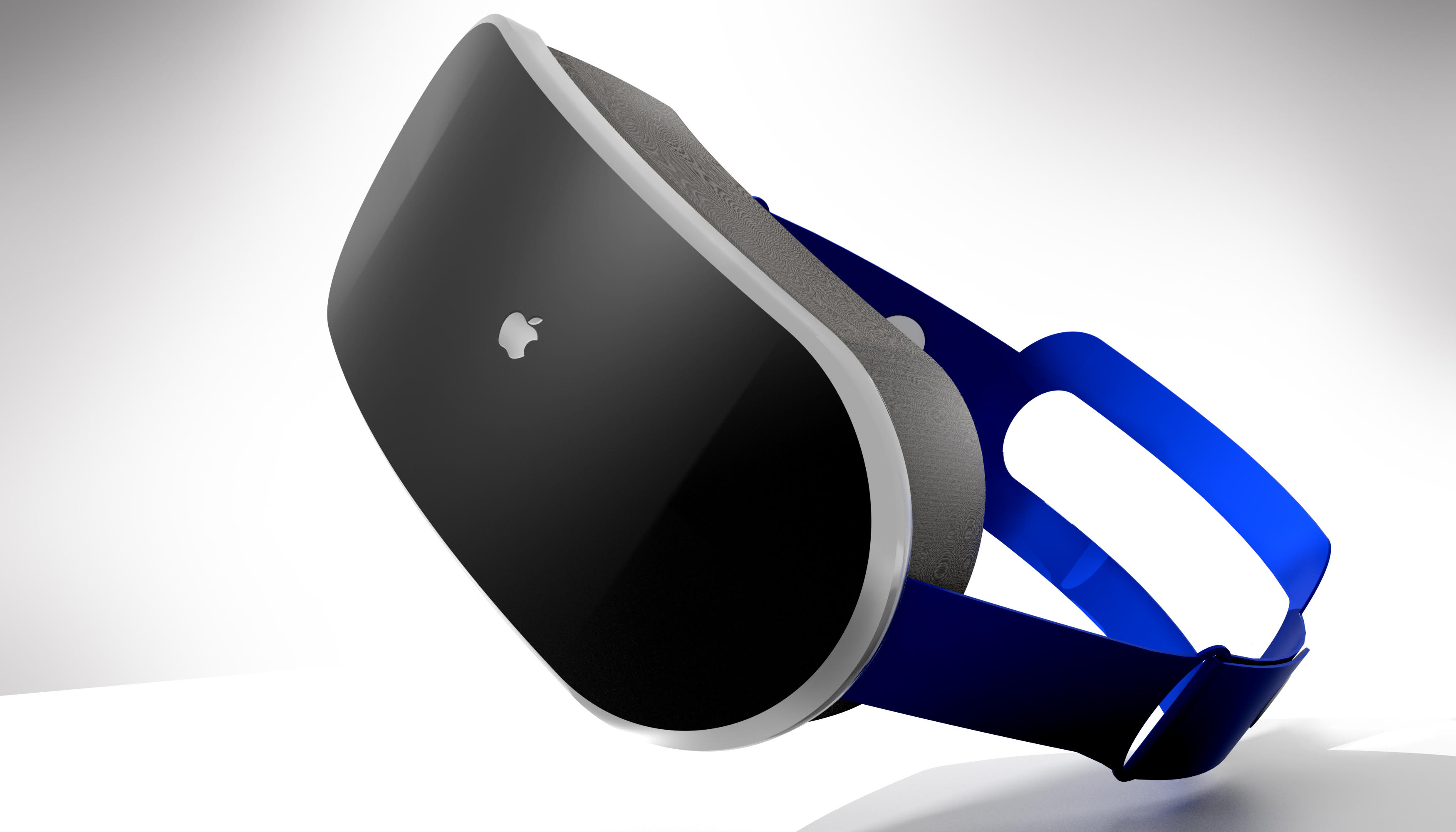The Origins of AR and VR
The origins of AR and VR can be traced back to the mid-20th century. The concept behind AR goes back as far as the sixties with Ivan Sutherland’s head-mounted display system called the “Sword of Damocles.” VR is an abbreviation for virtual reality, which was founded in the 1960s when Morton Heilig first introduced the Sensorama, a multi-sensory simulator. These technologies made gradual improvements over the years, with some major breakthroughs in the 1990s, particularly in the form of the Virtual Boy by Nintendo that was used in VR, and early AR applications in the industrial space.

Recent Developments
Over the last 10 years, we have seen massive improvements in AR and VR. Modern AR apps are made possible by devices that have advanced cameras and sensors, such as smartphones. Thanks to devices such as Google Glass and Microsoft HoloLens, the world of AR has broken barriers. Meanwhile, VR has advanced with the debut of consumer-level headsets such as Oculus Rift and HTC Vive that offer top-notch immersive experiences. Both technologies are enhanced by advances in processing power, graphics processing, sensor technologies, etc.
Timeline of AR and VR Developments
AR Case Studies
Retail: Sephora’s Virtual Artist App augments the shopping experience by letting you try on makeup electronically, reducing product returns.
Healthcare: AccuVein is an AR tool that helps nurses and doctors see veins directly, making the usage of intravenous needles less painful and more precise.
Education: The BBC’s Civilisations AR app makes historical objects come to life, using AR to turn a phone or tablet into interactive experiences for students.

VR Case Studies.
Training: Walmart uses VR to train employees in customer service and management scenarios, providing a realistic and controlled environment for practice.
Healthcare: Cedars-Sinai Medical Center uses VR to help patients manage pain and anxiety by providing immersive experiences that take their minds off the pain.
Real Estate: Matterport offers VR tours of properties, allowing potential buyers to view homes from anywhere in the world without needing to travel.

Expert Opinions and Predictions
Insights from Industry Leaders
Tim Cook, CEO of Apple, has suggested that AR might be as disruptive as the iPhone, with AR present in our everyday lives. Meta CEO Mark Zuckerberg believes VR could redefine social interaction and the nature of remote work. Industry observers predict the eventual convergence of AR and VR in something known as mixed reality (MR), where digital and physical worlds blur seamlessly.

Comparing AR vs VR in Gaming

AR in Gaming
AR gaming overlays virtual elements in the physical world, making it possible to enjoy interactive experiences that mix real and virtual elements. Think of the pets in Pokemon Go or the magical elements from Harry Potter: Wizards Unite.
VR in Gaming
VR gaming provides a fully immersive experience where players are surrounded on all sides by a digital world. Titles such as Beat Saber, Half-Life: Alyx, and No Man’s Sky offer players rich and organic environments that react to their character’s actions, providing a stronger sense of gratification and immersion.
Integration with Other Upcoming Technologies
AI with AR and VR
AI helps AR and VR through intelligent interactions and realistic simulations. With AI, an AR application can identify objects and offer relevant information, while AI can help VR develop dynamic environments and NPCs (Non-Player Characters) that behave realistically.
IoT Enables AR and VR
The Internet of Things (IoT) enhances both AR and VR by connecting devices and sensors to create rich interactions. AR interfaces control IoT-enabled smart homes, while VR emulates rooms that adjust environmental elements, such as temperature and lighting, in real-time based on IoT information.
User Experience and Design Considerations
AR UX Design
Effective AR design requires a seamless integration of digital and physical elements. Best practices include ensuring content is contextually relevant, using intuitive interactions, and minimizing user distraction. Challenges include managing diverse lighting conditions and ensuring content remains anchored in the real world.
VR UX Design
Designing for VR involves creating immersive, intuitive experiences that feel natural to users. Best practices include optimizing for comfort to prevent motion sickness, using realistic physics and interactions, and providing clear navigation cues. Challenges include ensuring high performance to maintain immersion and designing for diverse hardware capabilities.
Ethical and Privacy Concerns
Privacy Issues
AR and VR technologies raise significant privacy concerns due to their extensive data collection, including location, and behavioral data. Protecting user privacy means securing data, being transparent about its use, and giving users control over their information.
Ethical Considerations
The possible negative effects of AR and VR on users, such as addictions, psychological consequences, and the digital divide. Responsible use involves setting limits, ensuring content is safe, and making technology accessible to avoid social inequalities.

Conclusion and Future Outlook
Summary of Key Points
In summary, AR and VR offer different yet complementary ways to communicate with digital content. AR overlays digital enhancements on existing real-world experiences, while VR creates complete fully immersive virtual environments. The usage and applications of each technology differ and have benefits across a number of sectors.
Future Horizon.
The future of AR and VR is promising, with AI advancements likely pushing these technologies into the mainstream and workplace. These converging technologies will create richer, more engaging, socially-aware experiences, transforming how we work, play, and learn.



4 thoughts on “What’s the difference between AR & VR ?”